The Greatest Minds of the Developing World
BRICS Business Magazine came up with a list of living geniuses, people to whom mankind owes a debt of gratitude for their contribution. These scientists have risen to prominence in various areas of expertise, but they all meet our primary criterion: they come from the developing world. The final list includes winners of scientific awards who were born in developing countries but who may now live, work and make their discoveries anywhere in the world.
The awards themselves were the second criterion. Out of hundreds of different awards, we picked those that mattered most in terms of scientific and promotional value. They are recognizable and present in the global media virtually all year round, regardless of when the awards are actually given.
This list goes to show that many achievements that are usually associated with Europe or the United States in reality have entirely different roots, although they may bear fruit in those environments where conditions are most conducive. The majority of these scientists have chosen at different times to study or work away from their home countries. And it is this, perhaps obvious, but vital – and at the same time alarming – conclusion that one draws after reading of the people who proved the Witten conjecture, studied black holes, or built an artificial intelligence.
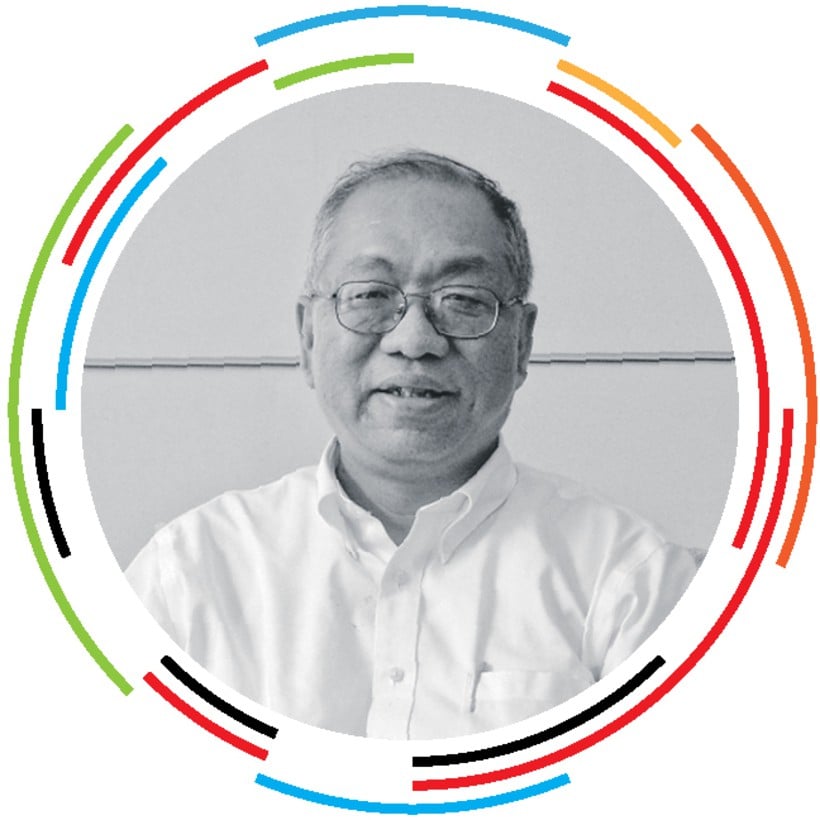 Yau Shing-Tung
Yau Shing-Tung
—■—
Winner of the 1982 Fields Medal
China/U.S.A.
To be convinced that Harvard professor Yau Shing-Tung has one of the most brilliant and reputable mathematical minds in the world, one need not study the long list of his theoretical works on differential geometry and topology. It is sufficient to know that the 64-year-old professor is the only researcher of Chinese origin to receive the two most prestigious awards in mathematics: the Fields Medal, for proving the Calabi conjecture which serves as a mathematical framework for various applications of strings theory in physics, and the 2010 Wolf Prize.
But Yau’s stellar achievements in the world of science are not the only thing to have brought him worldwide renown. He is equally famous for his consistent criticism of the ‘academic corruption’ that plagues the higher education system in his home country, which he left at the age of 22.
“It is a phenomenon unique to China. The problem is, those who are found to plagiarize and cheat don’t get punished. How can others be persuaded not to?” he was quoted as saying in an interview published by China Daily.
He went on to insist that education has another important function: training the elite, the country’s new leaders, who will ensure China’s prosperity in the future. “If we can cultivate just 1% from among the next generation, it will be enough.”
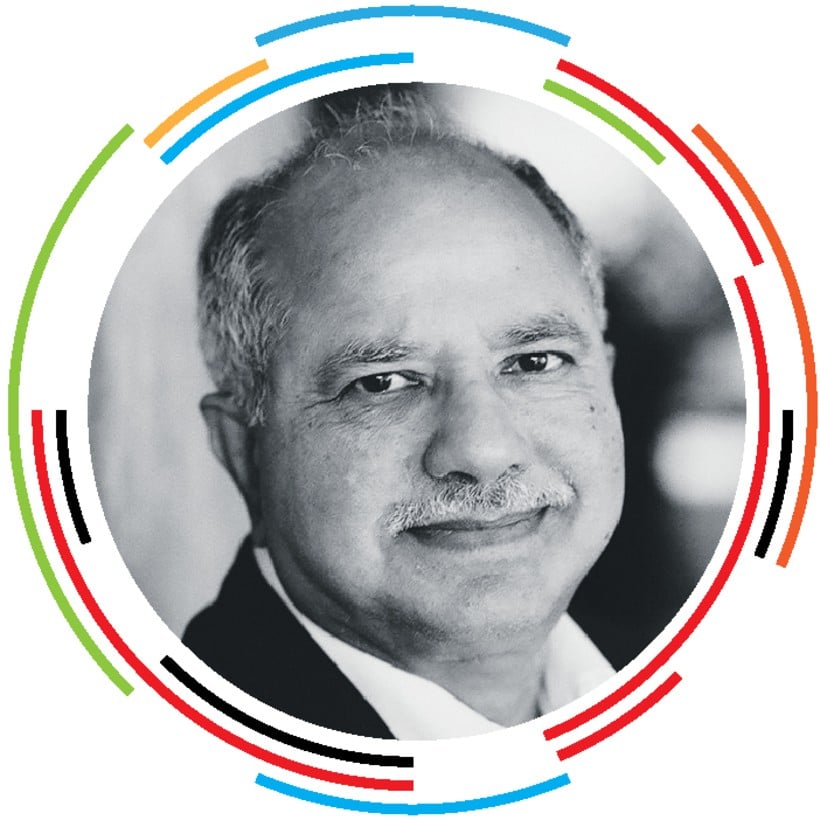 Dabbala Rajagopal Reddy
Dabbala Rajagopal Reddy
—■—
Winner of the 1994 Turing Award (jointly with Edward Feigenbaum)
India/U.S.A.
The idea that robots will soon do everything for us is not a new one – it has been talked about for decades. But the research done by Indian scientist Dabbala Rajagopal Reddy – better known as Raj Reddy – actually brings it a step closer to reality.
After moving to the United States, Reddy studied perceptional and motoric aspects of intellect and robotics. He taught robots to recognize speech and managed to implement independent voice control.
He received the Turing Award for “pioneering the design and construction of large-scale artificial intelligence systems, demonstrating the practical importance and potential commercial impact of artificial intelligence technology.”
Today the 76-year-old specialist in computing-systems theory works as a math and robotics professor at Carnegie Mellon University. But like many other immigrant scientists, Raj Reddy never forgets about his home country.
He believes that education in India has a great potential that remains largely untapped. In an interview with Sramana Mitra for the One Million by One Million blog he said, “There are a lot of bright kids… first they are going to learn, then they are going to teach, and then they are going to create a knowledge base.”
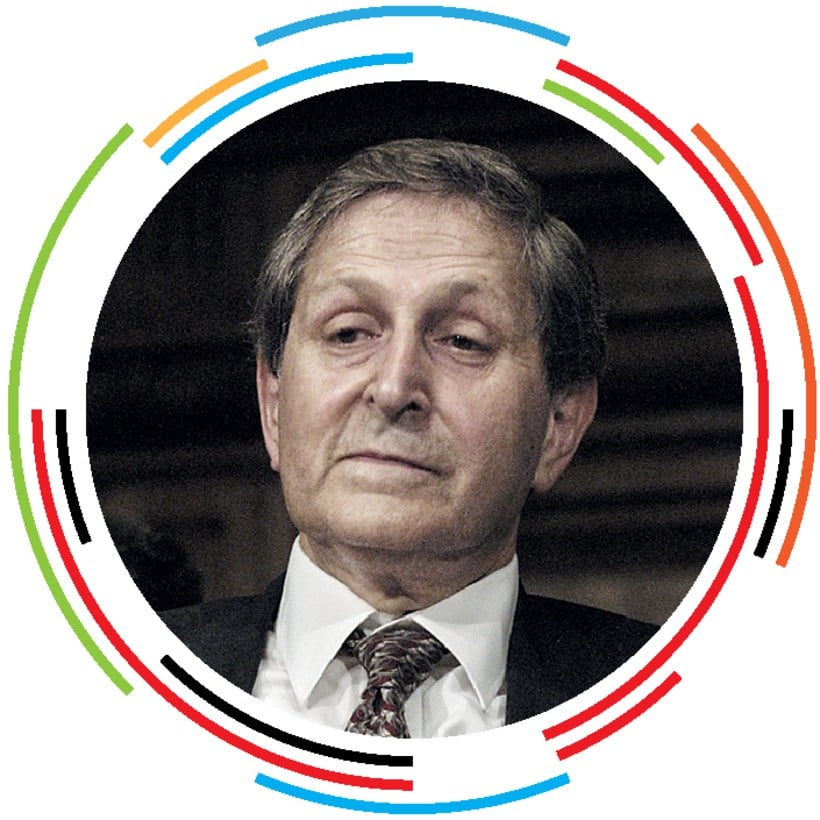 Claude Cohen-Tannoudji
Claude Cohen-Tannoudji
—■—
Winner of the 1997 Nobel Prize in Physics (jointly with Steven Chu and William Daniel Phillips)
Algeria/France
What if you could slow down a beam of atoms running along an alternating magnetic field and catch them in quantum traps?
Surmounting this challenge allowed the building of high-precision atomic clocks and super-accurate global positioning systems for spacecraft, and it came about thanks to the atomic cooling method co-developed by Claude Cohen-Tannoudji, whose contribution earned him the 1997 Nobel Prize in Physics.
Nuclear physics, quantum optics, laser spectroscopy, and resonance fluorescence are among Cohen-Tannoudji’s core professional interests. Born in Algeria, he went on to become French both in terms of nationality and scientific affiliations.
However, research has never been the sole pursuit of the 80-year-old scientist, who has always dedicated just as much time and attention to popularizing and teaching science.
Cohen-Tannoudji remains convinced that education and scientific research are not just a set of tools that help you to learn more about the world around you, but also a way to fight intolerance and fundamentalism. He told a 2009 gathering at Taiwan’s National Cheng Kung University that “the school of scientific approach is a school of modesty, a school of dialogue and mutual respect among people, that is, open-mindedness.”
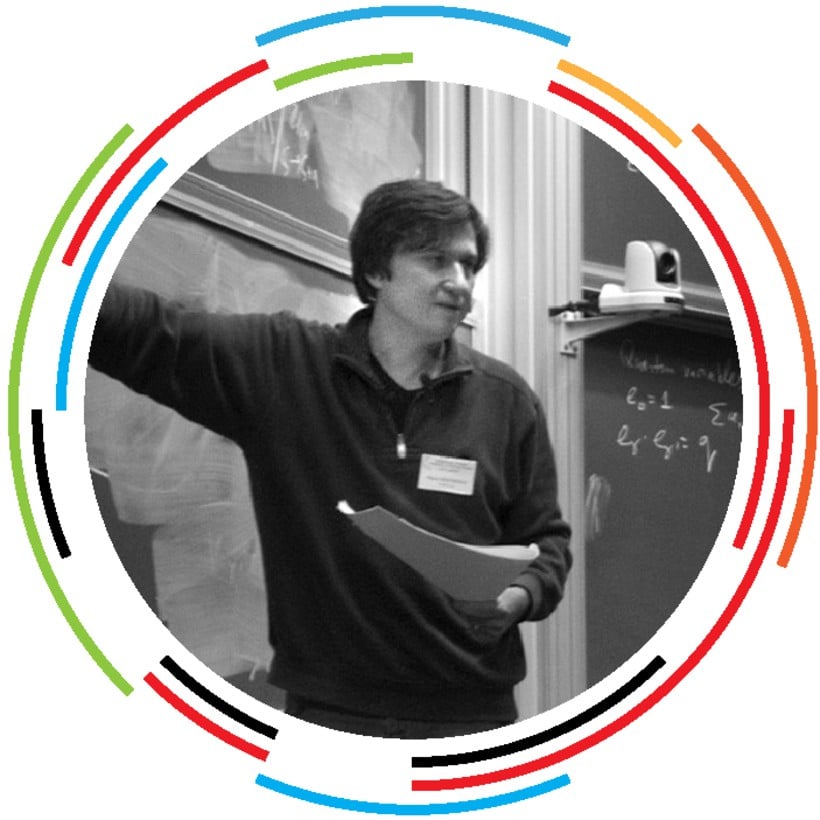 Maxim Kontsevich
Maxim Kontsevich
—■—
Winner of the 1998 Fields Medal
Russia/France
A graduate of Moscow State University’s Mechanics and Mathematics Department, and now a French academic with tenure at the Paris Institute for Advanced Studies, 49-year-old Maxim Kontsevich admits that he loves “different kinds of mathematics,” and working at the junctions between different sciences.
“One could say that I am taking part in a dialog between physics and math, representing the latter,” he said in a 2008 interview to Rossiyskaya Gazeta.
Kontsevich’s vital and decisive contributions to various areas of science are truly impressive. One of these is the superstring theory which, according to Professor Brian Green of Columbia University, Kontsevich managed to bring out of deadlock. The mathematician himself believes it to be his swan song in theoretical physics, but it has given others hope that explanations will one day be found for other phenomena such as gravitation and quarks. Another of Kontsevich’s interests is the theory of nodes, which attempts to correlate superstring theory with the theory of relativity.
It is in these two areas of science that Kontsevich has accomplished what is considered to be his most important work – the proof of the Witten conjecture – for which he was awarded the Fields Medal in 1998. But that prestigious trophy is not the only one on this mathematician’s mantelpiece. It also holds an Henri Poincaré Prize, a Crafoord Prize, and a Shaw Prize.
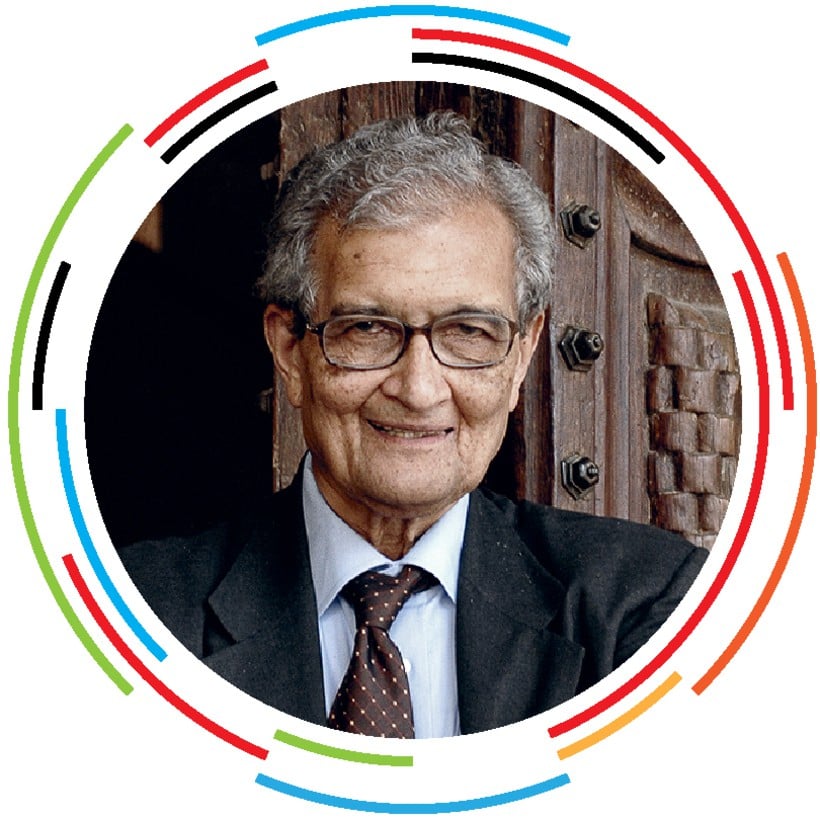 Amartya Sen
Amartya Sen
—■—
Winner of the 1998 Nobel Memorial Prize in Economic Sciences
India
Amartya Sen was witness to bloody sectarian violence and a famine that took nearly three million lives in India’s Bengal province in 1943. These events left an indelible mark in his memory, and clearly defined the professional interests of this future Nobel Prize laureate and Harvard University professor, who has dedicated his life to resolving the problem of inequality and improving the economies of developing nations.
Social choice theory and numeric methods that laid the foundation for methodologies to assess the welfare of countries are probably the most important and well-known aspects of Sen’s work, whose philosophy is based on the premise that people – human values, rights and freedoms – should come first in formulating economic policies.
“I advocate the kind of economic thinking that prioritizes human freedoms. I don’t just mean formal human rights, but veritable freedoms, whereby each individual person can choose what kind of life he or she wants to live and what he or she wants to achieve,” he said during an interview with the German Handelsblatt newspaper in April last year. The 80-year-old Sen insisted that politicians should always ask themselves what government can do to help people gain these freedoms.
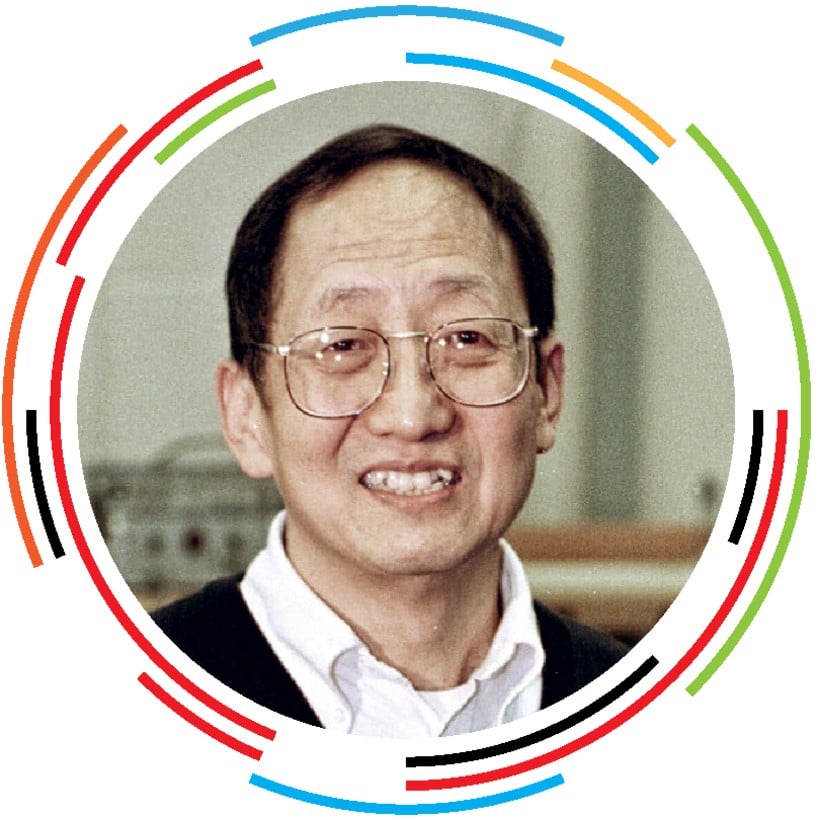 Daniel Tsui
Daniel Tsui
—■—
Winner of the 1998 Nobel Prize in Physics (jointly with Robert Laughlin
and Horst Störmer)
China/U.S.A.
Even if you are born into a poor farming family in the provincial backwoods of pre-war China, you can still make it big in science – and Daniel Tsui is living proof.
At the tender age of 12, Tsui left home to go to school and pursue a career in science, travelling to Hong Kong and Taiwan and ending up in the United States in 1958. Ten years later, Tsui began his brilliant career as a physics researcher at Bell Laboratories, becoming a pioneer in the study of two-dimensional electrons.
Eventually, Tsui’s research interests expanded to include the electrical properties of thin films, the microstructure of semiconductors, and the physics of solid bodies, as well as quantum physics and the physical properties of electronic materials subjected to strong magnetic fields and low temperatures. It was this work that earned him the 1997 Nobel Prize in Physics “for discovering the fractional quantum Hall effect.”
At 74, he is still proactively involved in scientific work, as professor and researcher at Boston University. As he wrote in an autobiography for the Nobel Prize website, “the only meaningful life is a life of learning. What better way is there to learn than through teaching!”
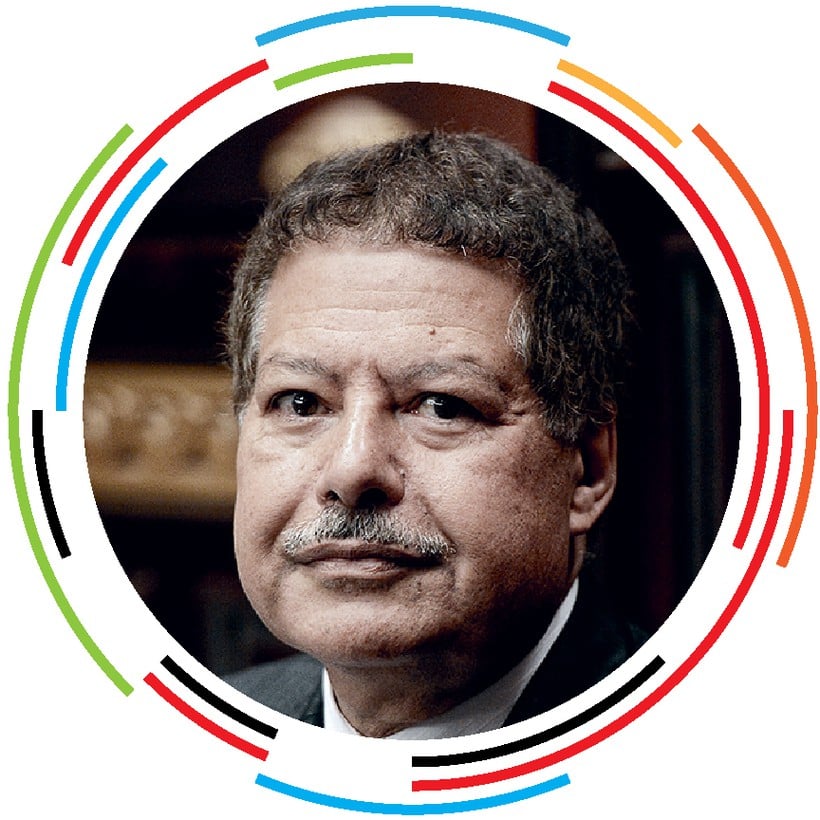 Ahmed Zewail
Ahmed Zewail
—■—
Winner of the 1999 Noble Prize in Chemistry
Egypt/U.S.A.
The third Nobel laureate in Egypt’s entire history, Ahmed Zewail is affectionately called ‘the father of femtochemistry,’ the study of chemical reactions on a timescale of femtoseconds. A femtosecond is a millionth of a billionth of a second.
For a long time, this area did not enjoy a great deal of popular demand. Some of his colleagues even argued that Zewail’s experiments were theoretically impossible.
However, in 1980, Zewail’s stubbornness finally paid off. For the first time, he was able to demonstrate so-called ‘coherent oscillation’ in molecules, enabling him to predict the chemical behavior of substances. This paved the way for a Nobel Prize “for his studies of the transition states of chemical reactions using femtosecond spectroscopy.”
Zewail (67) believes one can have both faith and science: “The claim that in order to be a rational scientist, by definition, you must not believe in a religion is a bit naïve,” he said in a 2009 interview with The Fountain magazine. “Religion is very important for people for a variety of reasons and I don’t see a conflict between the two.”
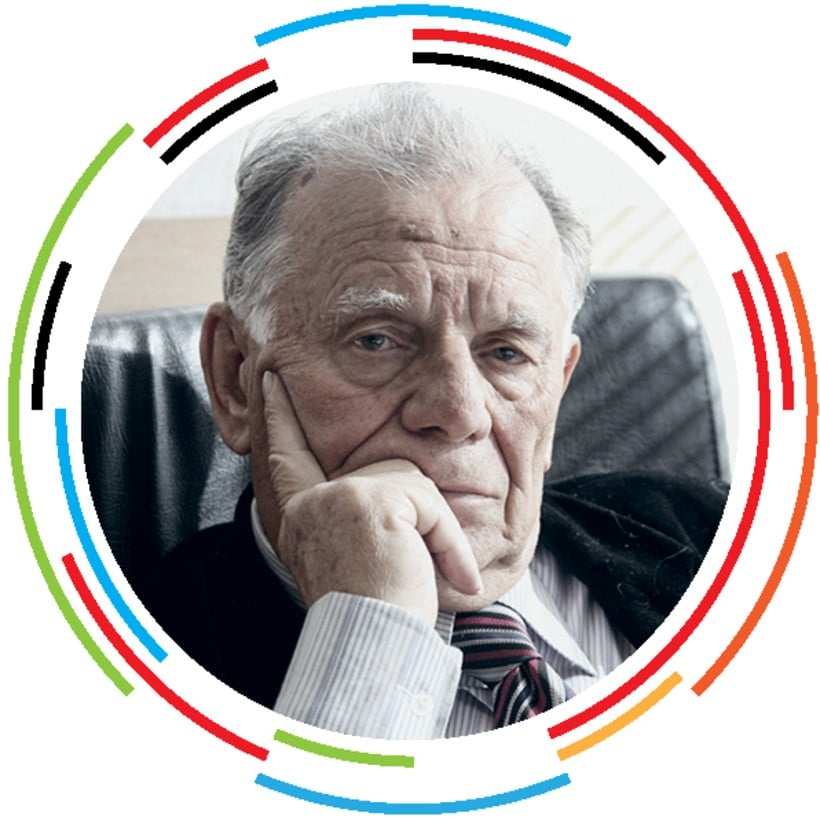 Zhores Alferov
Zhores Alferov
—■—
Winner of the 2000 Nobel Prize in Physics
Russia
Apart from the way mobile phones, tablets and laptops look, people tend to pick their gadgets based on two parameters. They must be fast, to be able to send large volumes of data in a short period of time, while staying compact enough to fit in your bag or pocket, or on your desk. Such devices would never have been possible without the research done by Russian physicist Zhores Alferov.
In 2000, the 70-year-old scientist shared the Nobel Prize with two foreign colleagues: Jack Kilby from the United States and Herbert Kroemer from Germany. The Nobel Committee bestowed the award “for basic work on information and communication technology.”
In 1984, Alferov himself already had no doubt that he would win the Nobel Prize but he expected it to come much later. “Previous history shows that you get it either immediately after you make your discovery (in my case it would have been in the mid-1970s) or when you are a very old man. This was the case with Kapitsa,” explained the scientist during one interview.
The practical application of Alferov’s work went far beyond the basic. Using his discoveries, Russia and the rest of the world were able for the first time to produce ‘heterostructural’ solar panels for space batteries. One of these was installed on the Mir space station and functioned seamlessly throughout its entire life cycle.
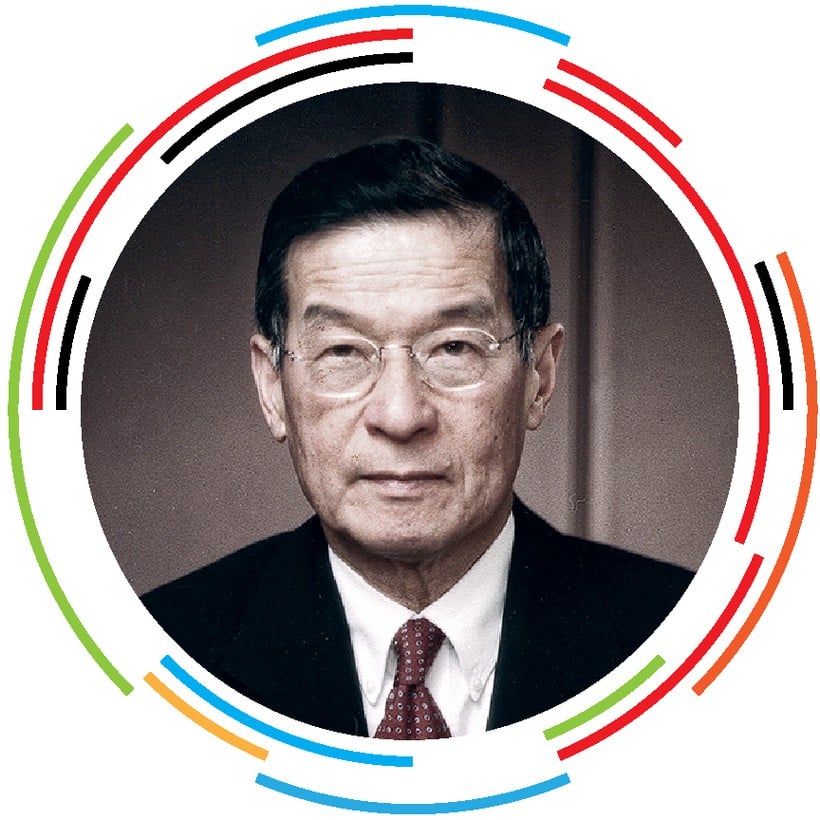 Yuet Wai Kan
Yuet Wai Kan
—■—
Winner of the 2004 Shaw Prize in Life Science and Medicine
China/U.S.A.
Today Yuet Wai Kan (77) heads up the Molecular Medicine and Diagnostics Division at the University of California, San Francisco (UCSF). He does not deny that he owes many of his professional achievements, much like his profession itself, to chance.
“My father said, ‘You are going to be a doctor,’ and that was it – honest! I was the youngest of 12 children, and none of my siblings were in medicine, so mine was the last chance he had,” Kan told UCSF’s Frontiers of Medicine in 2012.
Another turn of events was his meeting a patient suffering from thalassemia (a genetic blood defect causing anemia) while Kan was practicing medicine in Hong Kong. The chance encounter fueled his initial interest in genetics and hematology, areas in which Kan would later make an invaluable contribution.
On a different occasion, in 1975, when analyzing the DNA of adult patients suffering from so-called ‘alpha thalassemia,’ it was by pure chance that he noticed that some of them were missing hemoglobin ‘alpha chains.’ For the first time in history it was proven that defective genes could cause diseases in humans. This discovery led to a completely new DNA-based method of diagnostics.
Kan’s current sickle-cell anemia research and his experiments in turning normal skin and blood cells into stem cells have spelled a new breakthrough in medicine. Doctors hope they will soon be armed with a brand new tool capable both of diagnosing and treating some of the most severe diseases, including cancer and AIDS.
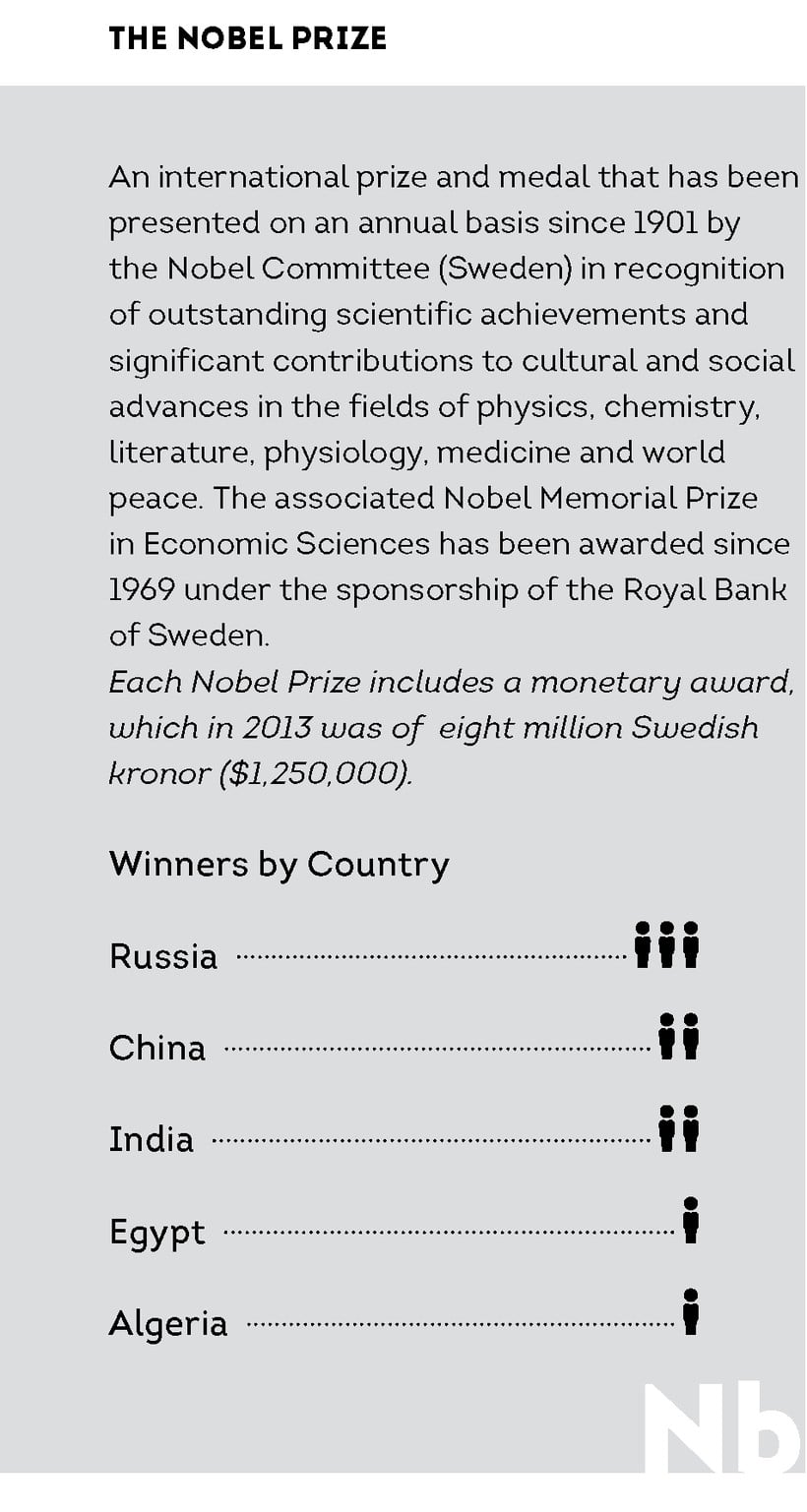
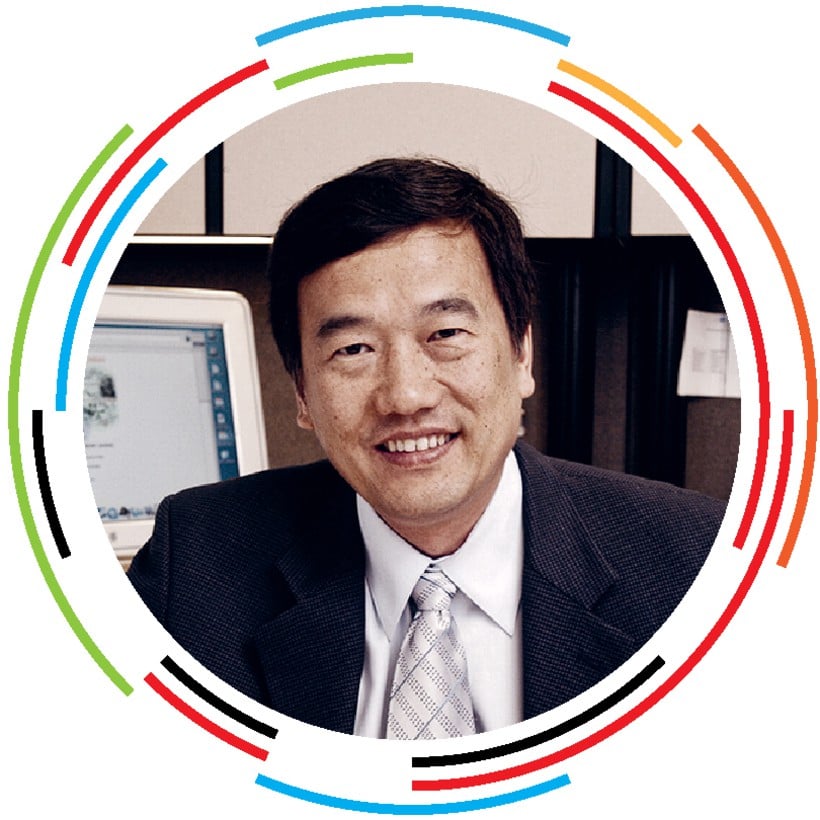 Xiaodong Wang
Xiaodong Wang
—■—
Winner of the 2006 Shaw Prize in Life Science and Medicine
China/U.S.A.
The mystery of apoptosis – the process of programmed cell death responsible for killing defective, damaged, mutating or infected cells that has kept researchers on their toes for the last half century – is virtually solved.
The ‘cell suicide’ phenomenon was first studied in the late 1960s by various groups of scientists, including the geneticists Sydney Brenner, John Sulston and Robert Horvitz who together won the 2002 Nobel Prize in Physiology or Medicine for discovering key genes regulating the development of organs and apoptosis. However, it was only recently that this process was fully understood.
A decisive breakthrough was achieved thanks to a study of cytochromes (globular proteins) by researchers at the Howard Hughes Medical Institute (HHMI) in the United States, under the leadership of Xiaodong Wang. The scientists managed to get an insight into the entire chain of transmutations inside a cell triggering the process of its annihilation. It was this work that earned Wang the Shaw Prize in 2006.
“We now begin to understand how cell death is initiated, which is really the middle of the pathway,” Wang is quoted as saying on the HHMI website. “Now we plan to look at the beginning and end of the process to determine what triggers these events and understand how the cell breaks up.”
The 50-year-old, who is now a professor at the Beijing National Institute of Biological Sciences, believes that a complete insight into the apoptosis mechanism will enable scientists to create new and efficient substances to combat cancer and other severe conditions that cannot currently be treated.
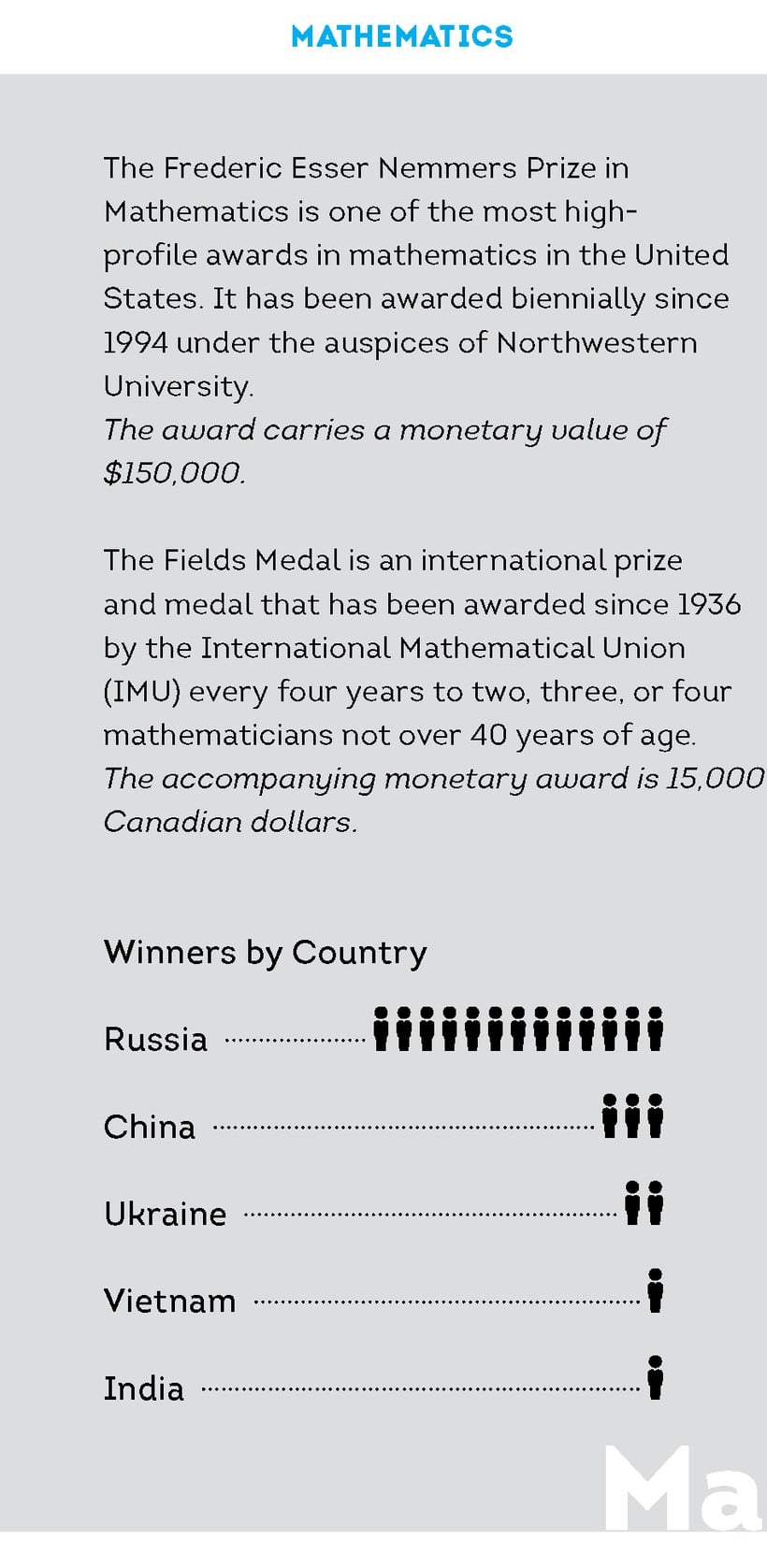
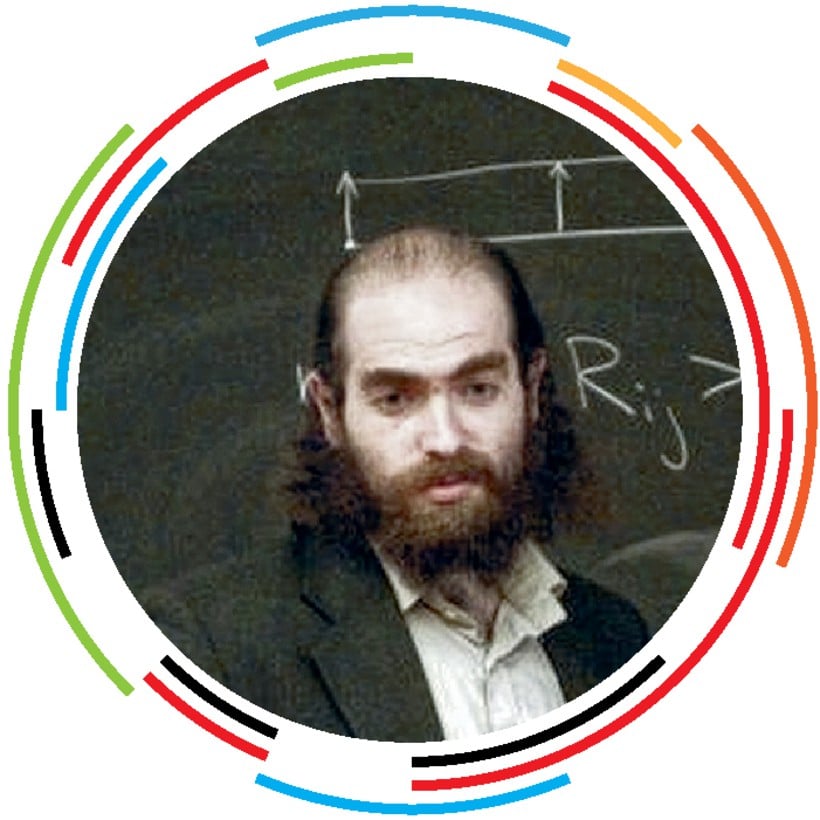
Grigory Perelman
—■—
Winner of the 2006 Fields Medal
Russia
Every simply connected, closed 3-manifold is homeomorphic to the 3-sphere.
If the true nature of this conjecture – formulated by the French mathematician, mechanic and philosopher Jules Henri Poincaré back in 1900 – does not seem obvious enough to you, any doubts should have been dispelled since August 2006. It was then that the Clay Mathematics Institute made the official statement that the Poincaré conjecture – one of their seven Millennium Prize Problems – had been solved. The man behind this scientific sensation was Grigory Perelman.
No matter how much recognition the Russian mathematician might have otherwise received, it was nothing compared to the sensation caused when he rejected his Millennium Prize of one million dollars from the Clay Institute, just a few years after his similar rejection of a Fields Medal.
“To be absolutely brief, the main reason was the fact that I disagree with the organized community of mathematicians,” Perelman said in a letter to the Clay Institute in July 2010. “I do not like their decisions, I do not believe them to be fair. I think that the American mathematician [Richard] Hamilton made a contribution on a par with mine.”
In the meantime, this brilliant mathematician continues to live as a hermit in a small flat in Saint Petersburg. How his stellar career will evolve is another question that remains entirely open.
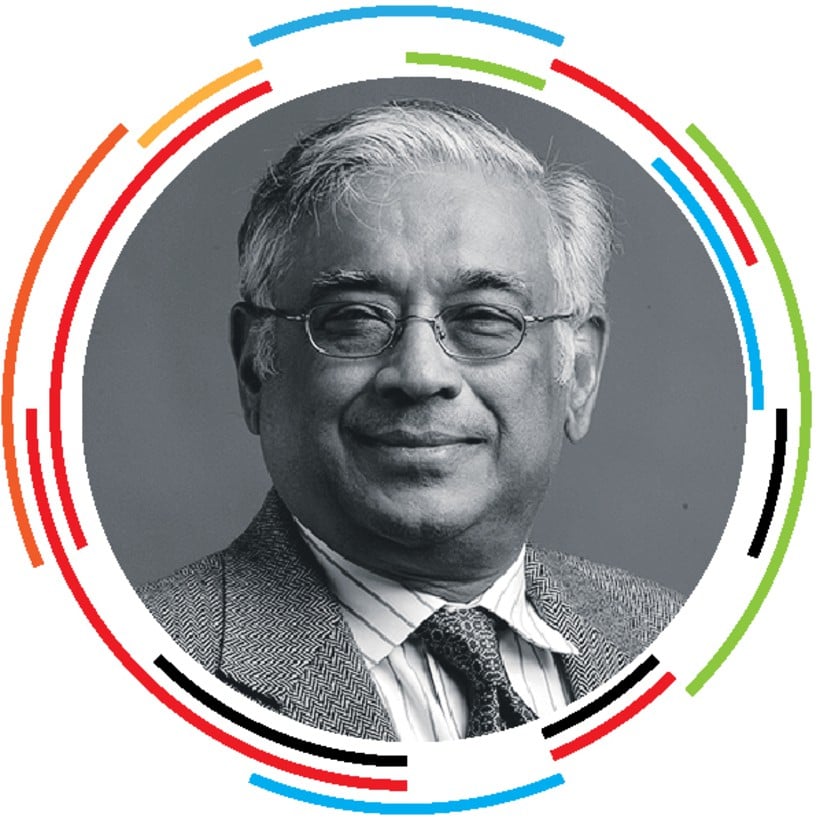 Srinivasa Varadhan
Srinivasa Varadhan
—■—
Winner of the 2007 Abel Prize
India/U.S.A.
How high is the likelihood that a person born in Chennai (then Madras) under British rule would go on to become a professor of mathematics at one of the largest scientific universities in America, and a leading specialist in the theory of relativity? The brilliant example set by 73-year-old Srinivasa Varadhan shows that given a certain degree of determination, focus, and natural talent, the odds are not insurmountable.
He defended his PhD dissertation exactly 50 years ago at the Indian Statistical Institute, in the presence of Andrei Kolmogorov, a Soviet mathematician widely considered to be the father of the theory of relativity. This dissertation was his ticket to the United States, where he continued his studies. Since 1966 he has taught at New York University’s Courant Institute of Mathematical Sciences.
Varadhan was awarded the 2007 Abel Prize for “his fundamental contribution to the theory of relativity and in particular for inventing the theory of large deviations.” He was the first representative of a developing country to receive this award.
“What the theory actually tells you is not just what the probability is, but it also tells you if an event with such a small probability occurred, how it occurred,” Varadhan said in an interview published in Notices of the American Mathematical Society following the award ceremony. “You can trace back the history of it and explain how it occurred and what else would have occurred.”
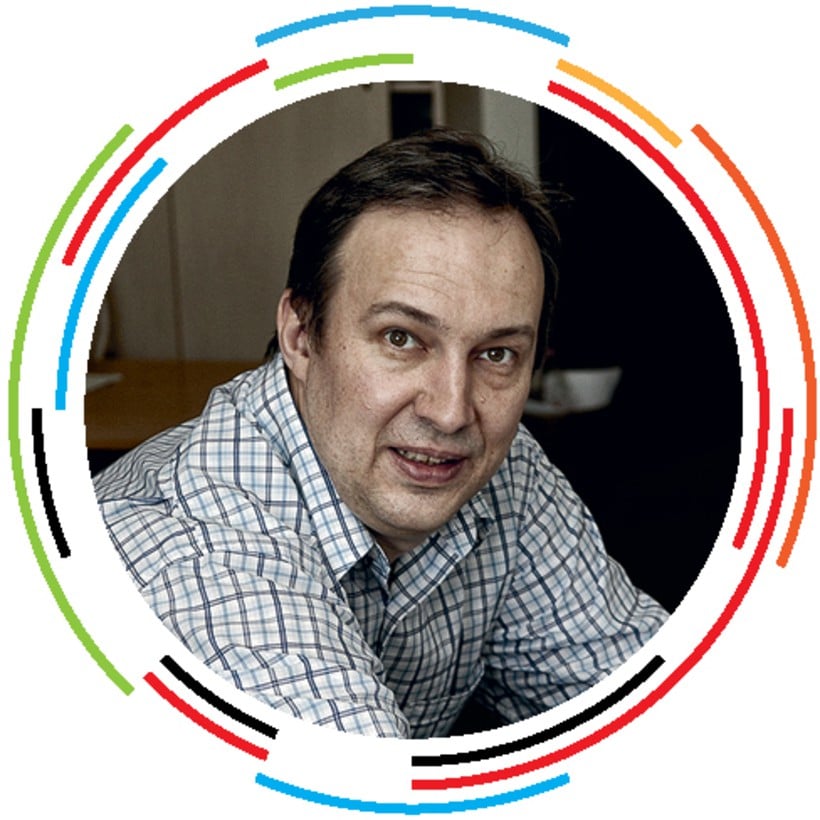 Alexander Razborov
Alexander Razborov
—■—
Winner of the 2007 Gödel Prize (jointly with Steven Rudich)
Russia
Imagine that you are faced with a problem that has multiple solutions, and you need to select the one that is best based on a set of criteria. Is there a way to substitute a simple analysis of all possible options with a more efficient procedure, or algorithm, which helps you find the solution? This question lies at the heart of ‘P versus NP’ – one of the seven Millennium Prize Problems established by the Clay Mathematics Institute.
“Intuition plays a role in resolving this problem – it goes to show that there is often another way to resolve problems of this sort without resorting to a tedious listing of all of the options,” Alexander Razborov said in a discussion published on polit.ru. “The question is whether it could be done in all instances.”
The Russian mathematician has dedicated more than a year of his professional life to this particular subject.
His work on ‘natural proof,’ co-authored with Steven Rudich from Carnegie Mellon University, was the tangible result of many years of research by the 50-year-old Razborov in this area. Their paper’s main conclusion, which earned the authors the prestigious Gödel Prize, was that the ‘P versus NP’ problem could not be solved using known methods of proof, and that new approaches needed to be developed.
An approach based on the ‘algorithm optimization principle,’ rather than the tedious listing of possible solutions echoes Razborov’s philosophy as a scientist and practitioner: “The computers can only get you so far, so you have to start thinking.”
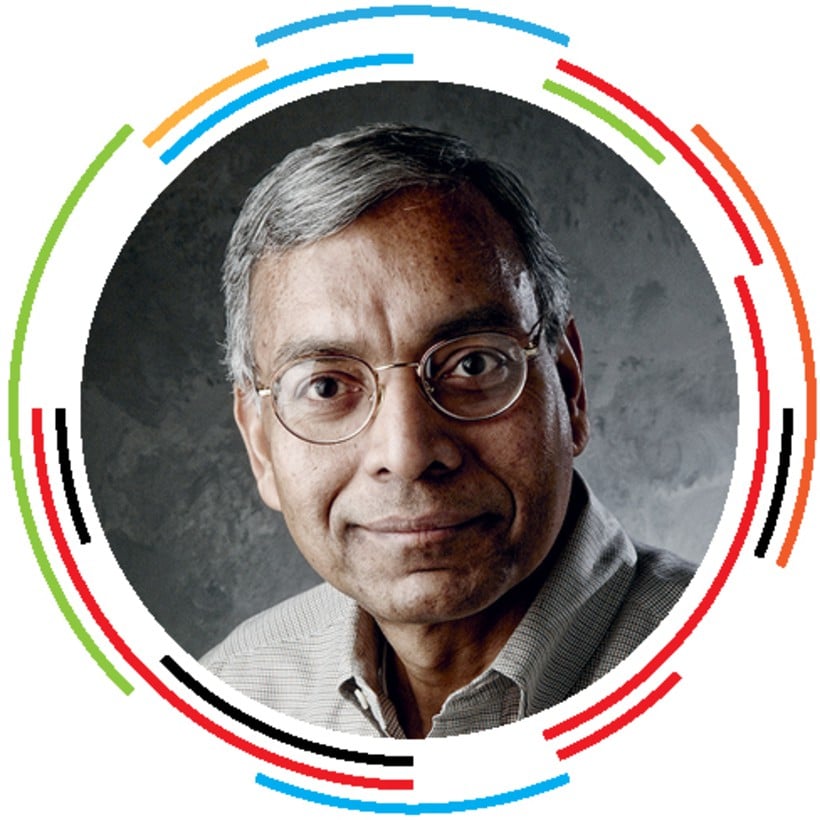 Anil Jain
Anil Jain
—■—
Winner of the 2007 W. Wallace McDowell Award
India/U.S.A.
Soon criminals, terrorists, and even garden variety bad guys, will not only find it difficult to do their dirty deeds, but won’t be able to escape the watchful eye of law enforcement – even if they try to hide in large crowds.
The dramatic advance of computer vision and biometric recognition technologies, capable of identifying humans by unique attributes such as facial features, fingerprints, retinas and even tattoos, certainly raises many hopes. And the importance to these of contributions made by Anil Jain, professor in the Department of Computer Science & Engineering at Michigan State University, cannot be overestimated.
Today, hardware and software based around technologies developed or improved by Jain are widely used in forensic science, automated electronic voting systems, and security. It is thanks to Jain’s input that your latest iPhone can recognize your fingerprints.
Today’s biometric recognition technologies are not advanced enough to ensure 100% accuracy, so errors cannot be ruled out.
Therefore the 66-year-old Indian-born scientist is rather modest about his achievements. “People are putting undue pressure on biometrics; they have too much expectation but they could be disappointed,” Jain told Forbes India recently.
On the other hand, that is hardly a reason for Jain to give up on work that makes the world safer and more comfortable – after all, his own biometric identification system, based on a combination of fingerprint and retina scans, allows for a margin of error of less than 1%.
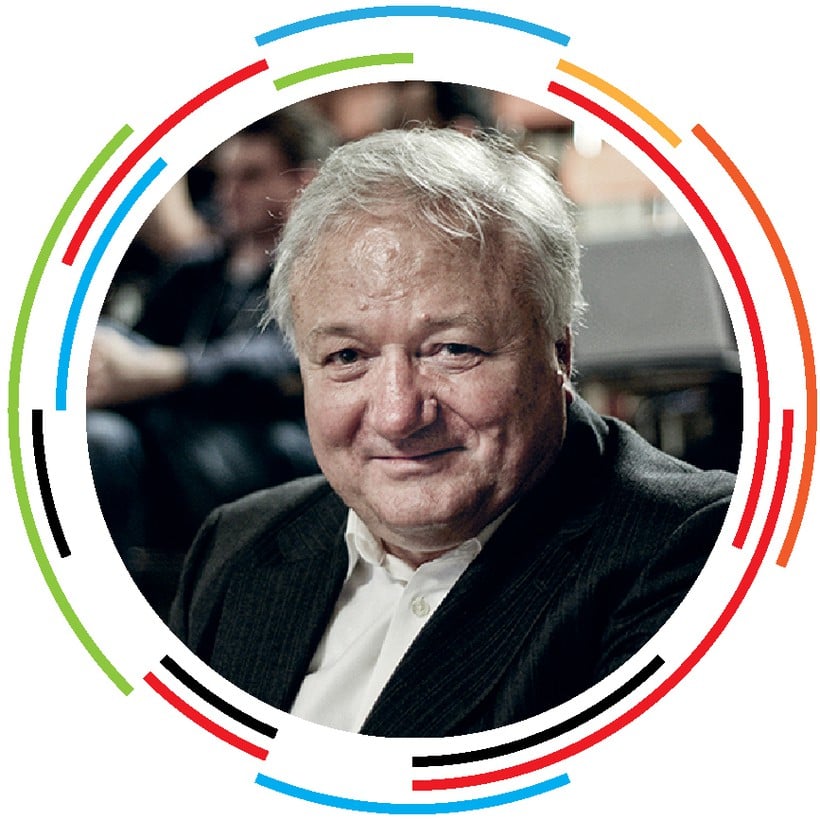 Rashid Sunyaev
Rashid Sunyaev
—■—
Winner of the 2008 Crafoord Prize
Russia/Germany
Have you ever considered what happens when matter falls toward a celestial body such as a black hole or neutron star? One result is so-called ‘accretion discs,’ which cause strong X-ray radiation and can tell us a lot about the early history of our Universe.
Disc accretion theory is perhaps the most well-known and frequently quoted work of veritable star of the astrophysics world Rashid Sunyaev, which he co-authored with Nikolai Shakura back in the early 1970s. The theory still remains one of the cornerstones of modern space science.
Similarly, another of his works – a theoretical model describing the interaction between ‘relic radiation’ photons and the hot gas found in clusters of galaxies, now known as the Sunyaev-Zeldovich effect – is one of the key tools in modern cosmological research.
Thanks to major breakthroughs in radiation-detection technologies over the last 15 years, many of Sunyaev’s theoretical predictions have been brilliantly proven in practice, and prestigious international awards have rained down. The most recent was the 2012 Benjamin Franklin Medal.
The 70-year-old Sunyaev now works as a fellow at the Space Research Institute of the Russian Academy of Sciences, and is also a director of the Max Plank Institute for Astrophysics in Germany.
“We should do everything that we can to make sure that the young scientists have an opportunity to study and work at the international level and not complain about how bad things have become,” he said in an interview published last year by Gazeta.ru.
In that interview, Sunyaev seems confident that the fastest and most efficient solution to this challenge is for Russia to become a full-fledged member of the world’s best scientific centers. Then the country could see a brand new generation of talented and bright young scientists.
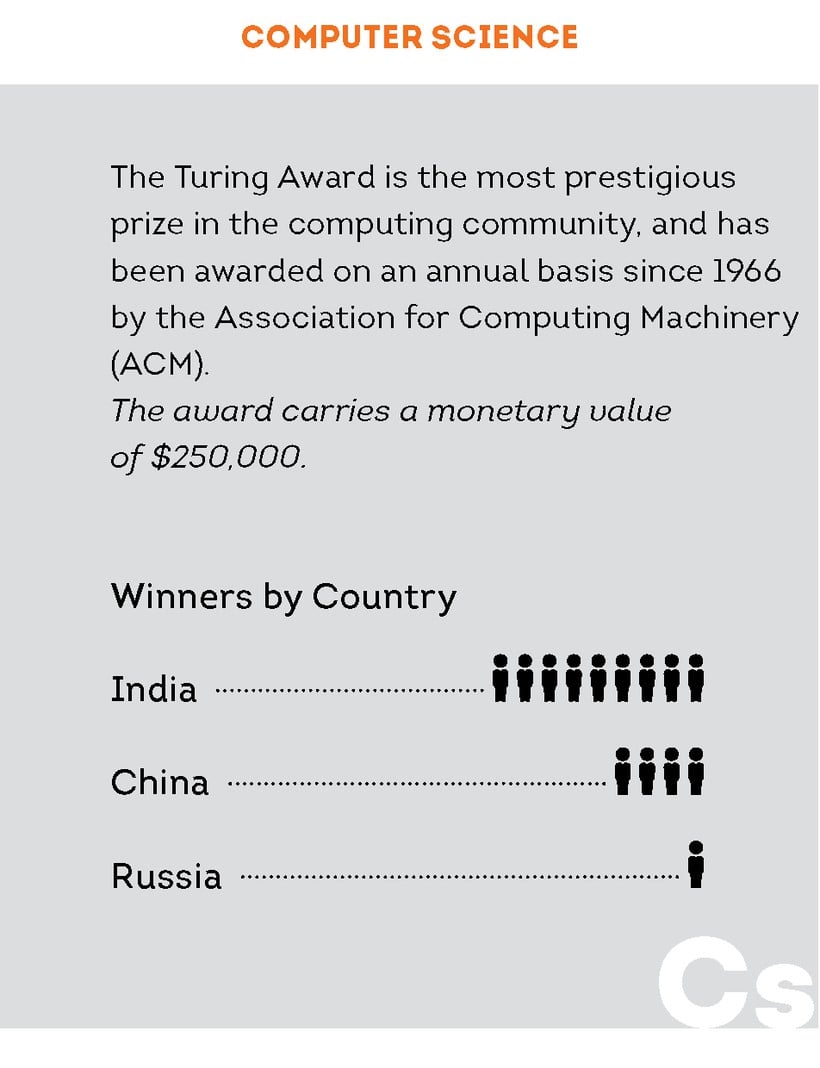
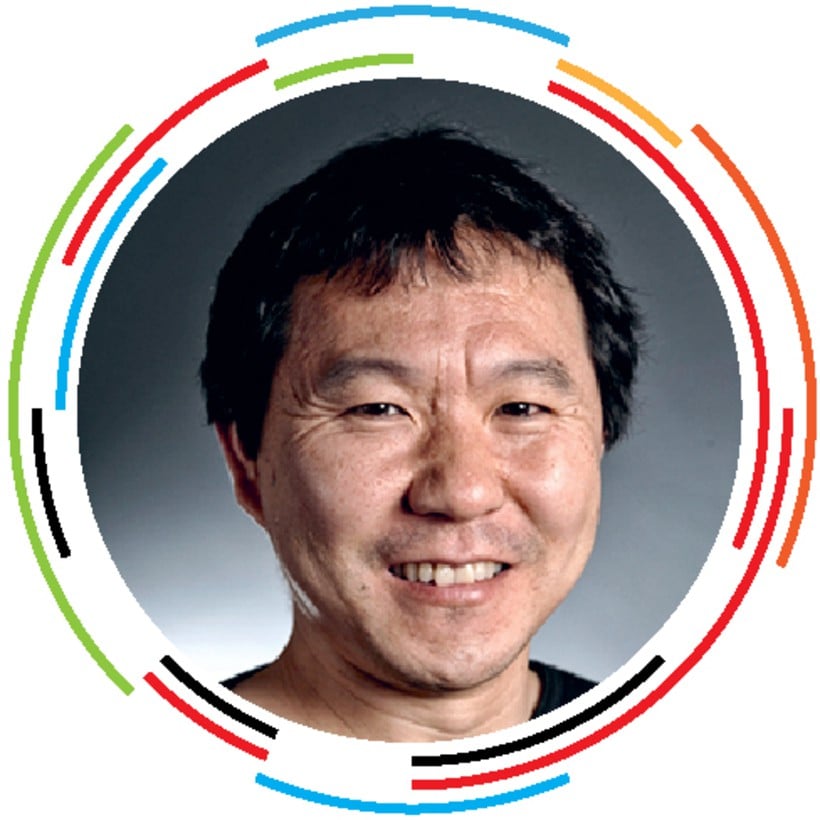 Shang-Hua Teng
Shang-Hua Teng
—■—
Winner of the 2008 Gödel Prize (jointly with Daniel Spielman)
China
He likes to read books, listen to Latin American music (especially salsa), and travel. When in the air, he keeps himself busy solving tough mathematical puzzles. Most importantly, however, he is one of the world’s most decorated computer scientists and practitioners. His name is Shang-Hua Teng.
The breathtaking ascent of this 49-year-old Beijing native to the pinnacles of computer science began at the Shanghai Transport University and continued in the United States at the University of Southern California and Carnegie Mellon. America gave Teng an opportunity to build a stellar career as an academic professor and theoretical scientist, but also as a researcher with leading global technological corporations including Xerox, Intel and Microsoft.
His wide horizons and insight into various areas of computer science have earned Teng universal acclaim. With his so-called ‘smoothed analysis’ of algorithms, computational game theory, combinatorial scientific computing, computational geometry and spectral graphs theory, his broad approach is light years ahead of the commonly accepted scientific practice of narrow specialization.
“I like interdisciplinary research and studies that intersect both theory and applications. Although these topics appear to be diverse, the underlying principle of my research has been the same, that is, to understand the mathematical structure of these problems in order to design efficient algorithms and software,” Teng says on his website.
In his current capacity as computer science professor at the Viterbi School of Engineering he intends to focus full-time on scientific research.
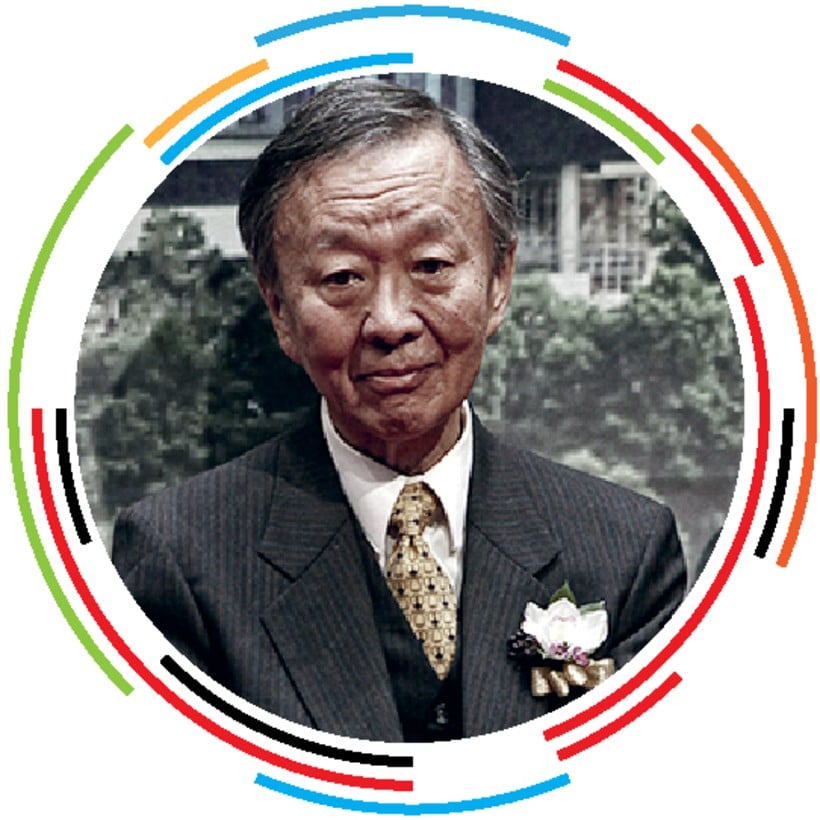 Charles Kao
Charles Kao
—■—
Winner of the 2009 Nobel Prize in Physics
China/U.K./U.S.A.
If, back in 1960, Charles Kao – then a young electrical engineer at the London-based Standard Telecommunication Laboratories – had not shown any interest in fiber-optic technologies, the world as we know it today would simply not exist.
At that time scientists had already established that data could be transferred over long distances using fiber-optic cables. There was only one problem to resolve: to find a material that could meet the required attenuation (or ‘transmission loss’) parameters.
The problem took Kao and his colleagues many years to resolve. The material in question turned out to be ordinary quartz glass, stripped of the metallic ions which it was later proved were the main reason for attenuation in the fiber.
“It’s a fairly long process because we’re not spending much money. The team was very small, therefore, starting with myself and later on we added one or two or three people,” Kao said in an interview published by the IEEE History Centre in 2004.
The far-reaching consequences of the discovery made by Kao and his group are well known: a revolution in information technologies that made it possible to invent and quickly disseminate such things as the internet and mobile communications.
In 2009, Kao – by then an honorary professor and doctor of sciences at a number of leading universities of the world – received a Nobel Prize in recognition of his achievements. The 80-year-old physicist and engineer, who currently lives in Hong Kong, donated part of his prize money to the Alzheimer’s Foundation, aiding research into a disease with which he himself has been diagnosed.
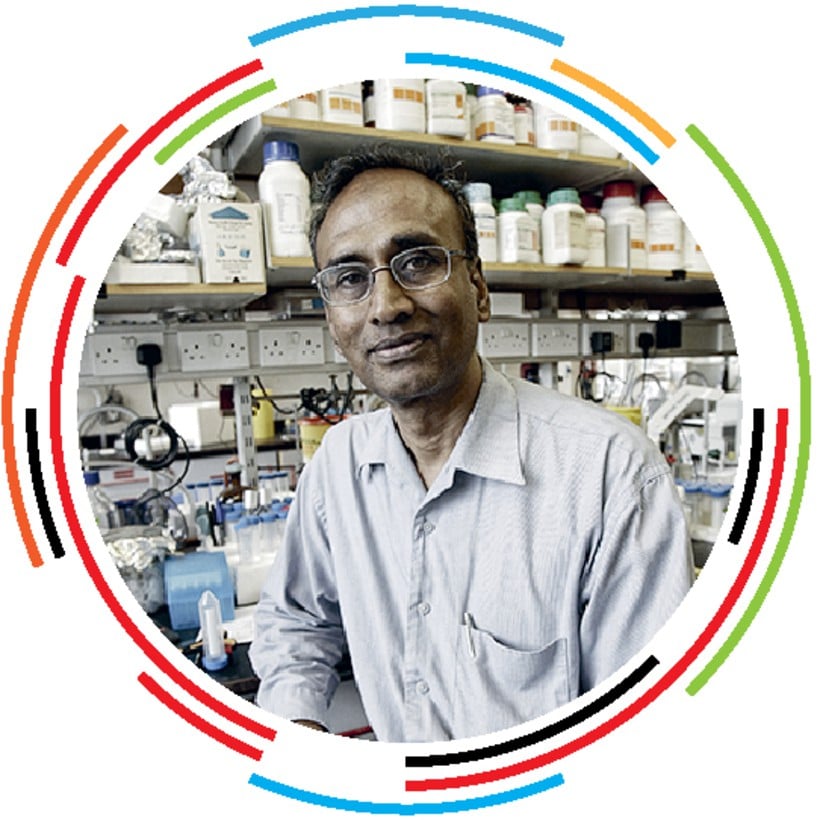 Venkatraman Ramakrishnan
Venkatraman Ramakrishnan
—■—
Winner of the 2009 Nobel Prize in Chemistry
India/U.K.
This British scientist of Indian origin knows firsthand what it is like to be rejected in life. As a student he tried unsuccessfully to be admitted to the Indian Institute of Technologies and the Christian Medical College. After completing an internship at Yale University, he applied to nearly 50 American universities – but could not find a job. However, it was these rejections that led the future Nobel laureate to the Brookhaven National Laboratory, where he spent 12 years of his life.
Ramakrishnan inherited a passion for biochemistry from his parents, who worked in the same field in India. Back home he had completed his secondary education and received a bachelor’s degree in 1971. But it was in the United States that he was to discover the secrets of living cells’ ‘non-membrane bound organelles.’
In 2009, Ramakrishnan received the Nobel Prize “for studies of the structure and function of the ribosome,” an award he shared with colleagues Tomas Steitz and Ada Yonath. According to the Royal Academy of Sciences, this trio managed to establish that “the ribosome reads the information recorded in the DNA. The ribosome produces proteins which in turn control chemical processes in all living organisms.”
Ramakrishnan continues to be deeply concerned with domestic issues.
“I think it is a mistake to judge science by Nobel Prizes,” he said in an interview with The Hindu in 2011. “Instead of thinking about these prizes, what the government should do is concentrate on building a broad culture of respect for basic science and knowledge.”
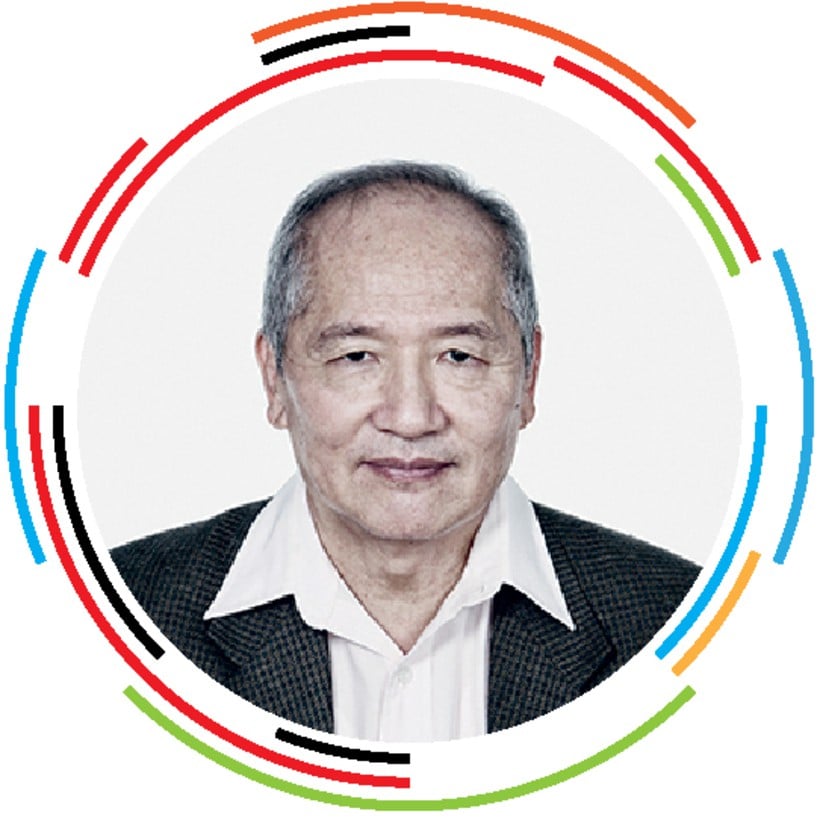 Frank Shu
Frank Shu
—■—
Winner of the 2009 Shaw Prize in Astronomy
China/U.S.A.
Seventy-year-old Frank Shu – one of the brightest stars in modern astrophysics and a professor at the University of California, Berkeley and the University of California, San Diego – would best be described as a pioneer.
There are ample reasons why. In a scientific career spanning over 40 years, he was the first to blaze the trail in several astrophysics fields, and laid the foundations of a theory that explains the origins of meteorites, as well as the birth and early evolution of stars.
In particular, it was Shu who managed to explain the mechanism behind the interactions between powerful magnetic fields and gravitation, which work together like a gigantic vacuum cleaner collecting tiny particles of dispersed matter – the stuff that stars and planets are made of. In the past it had been believed that this process was driven by gravitational pull only. But the theory of spiral galaxies developed by Shu gave a new insight into Saturn’s rings, whose spiral-like form is influenced by density waves.
Even though he has spent most of his life and scientific career in the United States, Shu has never stopped being Chinese. He was president of Tsing Hua National University from 2002 to 2006. He has also defended his home country in America, where China is often criticized for its human rights track record. A 1998 Science article quoted him saying, “[In] the Western press … [there] is an attempt to put China in the role of bogeyman.”
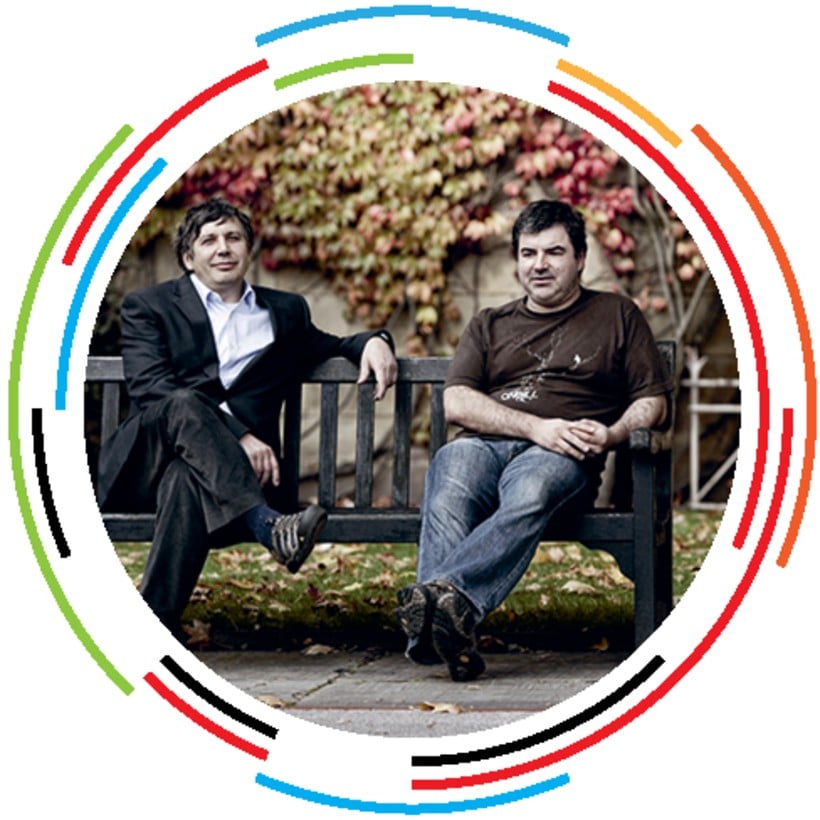 Andre Geim
and Konstantin Novoselov
Andre Geim
and Konstantin Novoselov
—■—
Winners of the 2010 Nobel Prize in Physics
Russia/Netherlands/U.K.
If a couple of old-fashioned graphite pencils happen to be lying on your desk along with a piece of used adhesive tape, do not rush to dismiss them as trash. These humble items helped Andre Geim and Konstantin Novoselov, Russian physicists working at Manchester University, to win a Nobel Prize.
At the beginning of the last decade, the ordinary adhesive tape being used to prepare graphite samples for study in a tunnel microscope caught the attention of scientists. Using it to ‘peel off’ layers of graphite, they managed to achieve something incredible: they ended up with a hydrocarbon film that was one atom thick, called graphene.
“Graphene is not complicated at all,” explained Konstantin Novoselov in an interview published by Russkiy Reporter. “If you can imagine the thinnest material possible, the kind that does not get any thinner or any more elastic or robust, with the highest possible conductivity and plenty of other properties, this would be graphene. In physical terms it would be just one layer of hydrocarbon atoms. If you were to pick up hydrocarbon atoms and place them next to one another so that they would form hexagonal cells, this would be exactly our kind of graphene.”
Today, billions of dollars have been invested in new graphene-based technologies and materials, and in the near future they are likely to bring a new revolution in material sciences, electronics, and mechanical engineering. But the 55-year-old Geim and 39-year-old Novoselov appear to have little interest in putting their invention on a commercial track, with their future still devoted mainly to science.
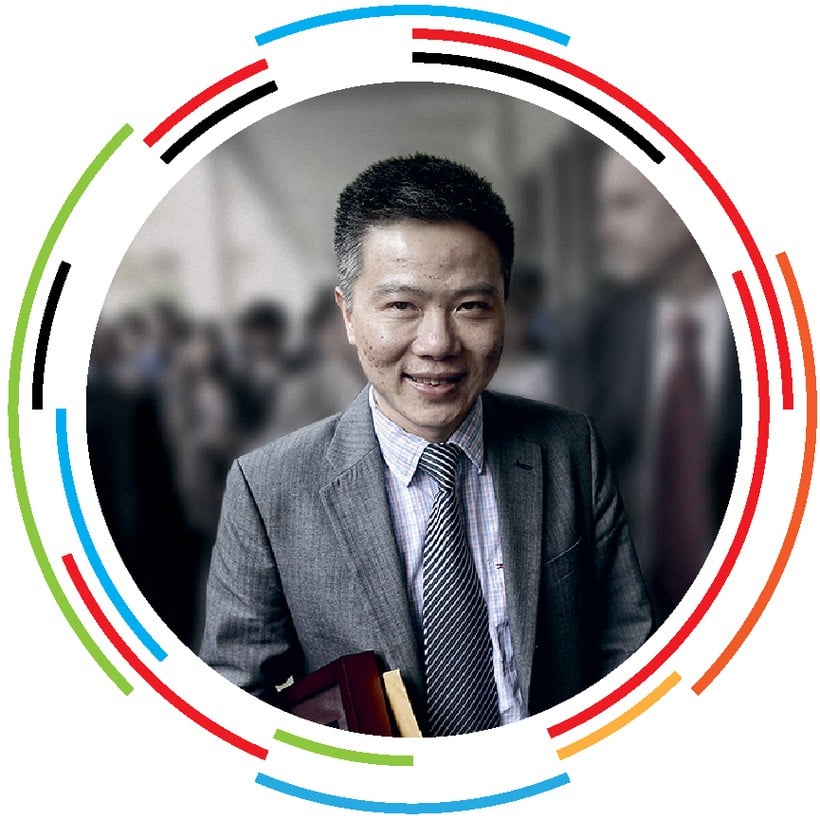 Ngô Bao Châu
Ngô Bao Châu
—■—
Winner of the 2010 Fields Medal
Vietnam/France
Superlatives, and variations on the adjective ‘first,’ seem to doggedly follow Ngô Bao Châu, a 41-year-old mathematician from Vietnam.
The only son in a family of academics from Hanoi, and a graduate of a special mathematics class for gifted children at Hanoi University of Science, Châu was the first person from Vietnam to win two International Mathematical Olympiad medals, which paved the way for his studies in France.
In 2005, as a 33-year-old professor at the University of Paris-Sud, Châu was also the youngest Vietnamese national to receive the title of professor in his home country.
Most recently, his was the first group of mathematicians to prove Langlands’ ‘fundamental lemma,’ which brought him a prestigious Fields Medal in 2010 – also a first among Vietnamese mathematicians.
“The most exciting moment was the time when I found the solution. I was so excited. I became almost exhausted after that,” he said in an interview with the Asia Pacific Mathematics Newsletter.
Today Châu continues his scientific career in the United States at the Princeton Advanced Research Institute. But he still retains his Vietnamese nationality, and Vietnam remains one of his core interests – he remains a professor at mathematical, scientific and technological institutes in the country.
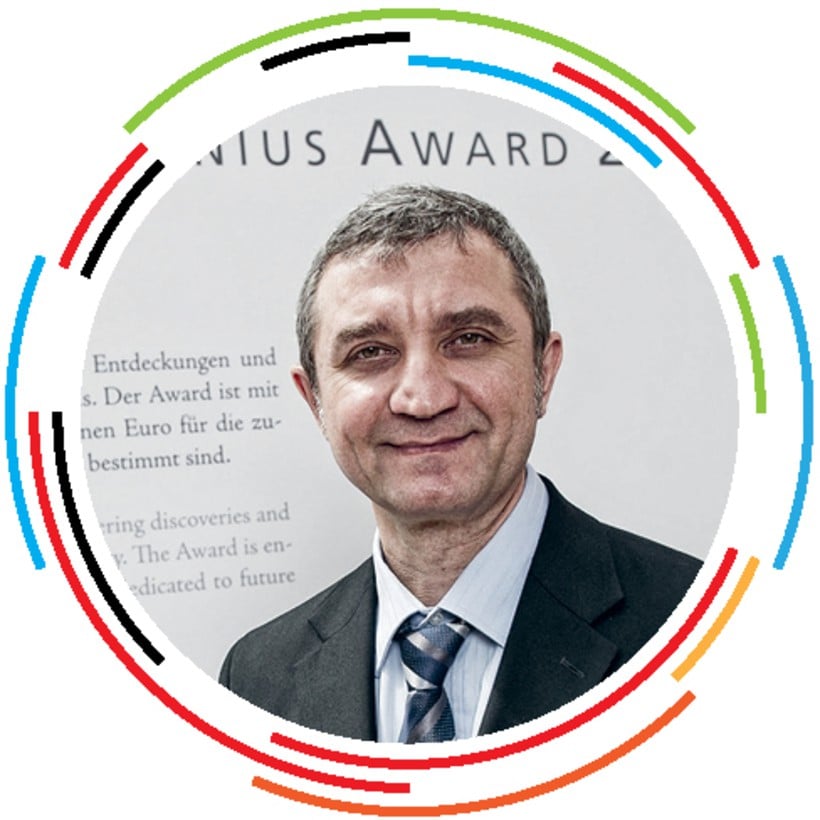 Ruslan Medzhitov
Ruslan Medzhitov
—■—
Winner of the 2011 Shaw Prize in Life Science and Medicine (jointly with Jules Hoffmann and Bruce Beutler)
Uzbekistan/Russia/U.S.A.
Ruslan Medzhitov’s transformation – from unknown Russian biochemist to star of international immunology, Yale professor, and head of his own university lab – is reminiscent of that of Cinderella.
In 1992 Medzhitov – then a graduate of Tashkent University and a third-year postgraduate student at Moscow State University – got hold of a copy of Cold Spring Harbor Symposia on Quantitative Biology, dated 1989, with an article written by Charles Janeway, in which the American immunologist set out this hypothesis: that human immune cells have special receptors capable of recognizing structural components of pathogens and triggering the body’s response. Medzhitov became engrossed in the idea, and spent years trying to get access to Janeway’s laboratory at Yale, in the hope of starting to look for practical ways to prove the hypothesis.
The young Russian scientist’s persistence was rewarded in 1994, when he was given a position as postdoctoral scholar in Janeway’s lab. Three years later, their joint work culminated in a triumph: a practical proof showed conclusively that humans did have the special receptors. In essence, the team had discovered a new and previously unknown type of immune system, now known as ‘innate immunity.’
Despite the sudden fame Medzhitov remains modest. “I think I was just in the right place at the right time – anyone else in the same position would probably have done exactly the same thing,” he said in an interview in Disease, Models & Mechanisms.
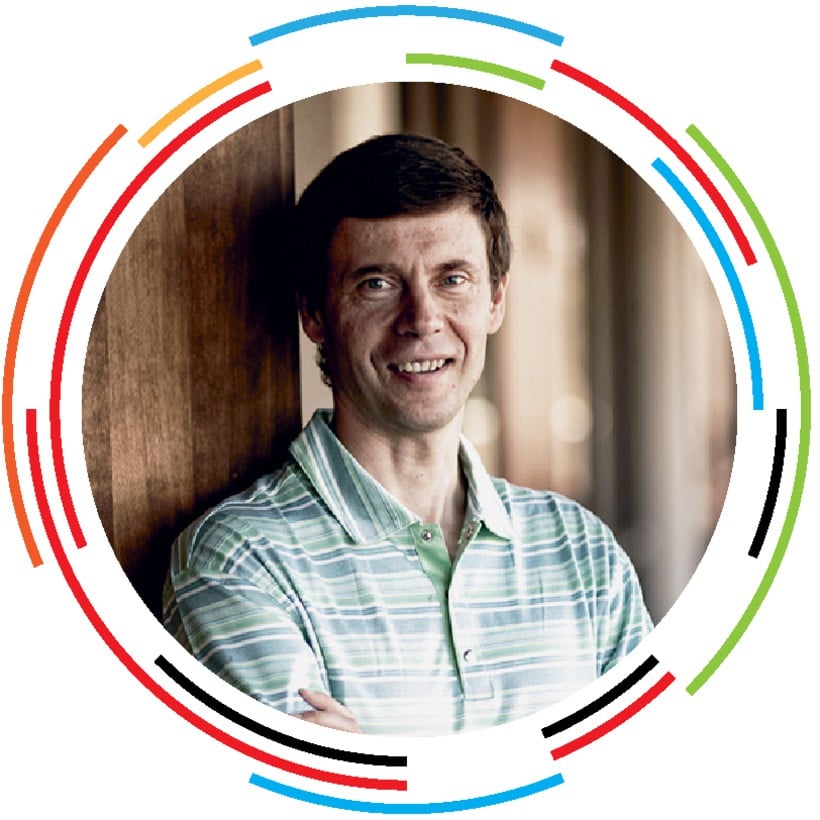 Alexei Kitaev
Alexei Kitaev
—■—
Winner of the 2012 Fundamental Physics Prize
Russia/U.S.A.
There was no ceremony, no reception, and no noisy party after the award, and that suited 49-year-old Russian scientist Alexei Kitaev, who lives in the United States. “It is difficult to make speeches in an official setting,” he admits. Therefore, Kitaev has no regrets whatsoever that he received the 2012 Fundamental Physics Prize, and not the Nobel.
“The main difference is that this award is given in recognition of one’s work in fundamental physics, which is not necessarily proven experimentally, so scientists who achieve outstanding successes do not have to wait long.” He made the comments in an interview with Troitskiy Variant Science magazine.
Kitaev received the award for his work on quantum computing, an area that incorporates physics, mathematics and computer science. In quantum computers the hardware does not process information bits (zeros and ones) but ‘cubits,’ each of which may find itself as either zero or one with a certain degree of probability.
Kitaev in the past estimated that computers of this sort could become a reality by as early as 2025. However, he admits that their development has continued at a slower pace than he initially envisaged, and that it is difficult to make any predictions.
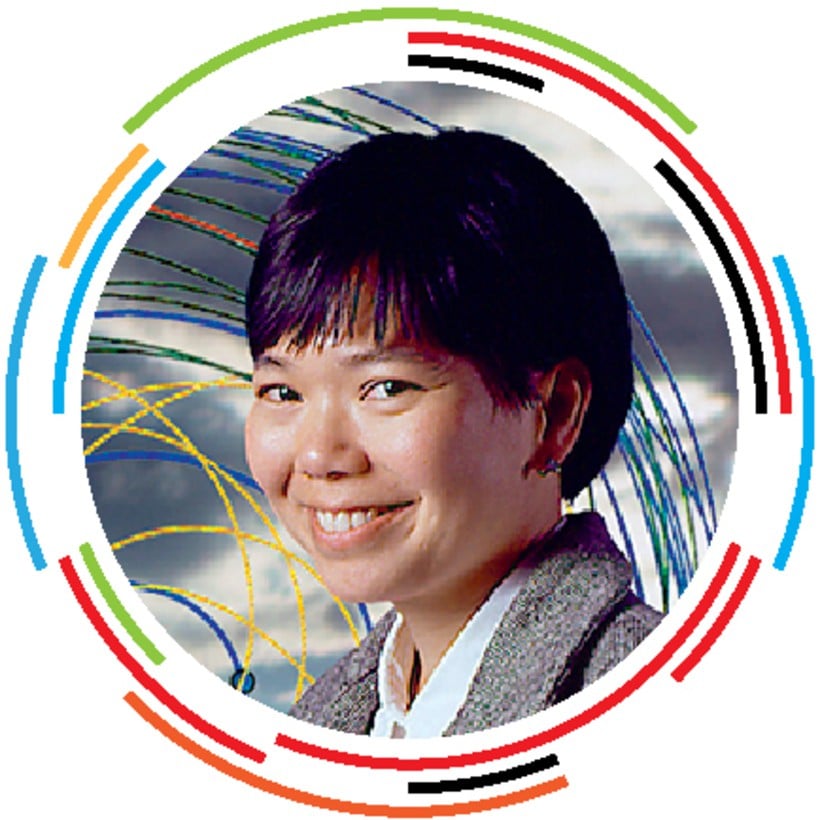 Jane Luu
Jane Luu
—■—
Winner of the 2012 Shaw Prize in Astronomy (jointly with David Jewitt)
Vietnam/U.S.A.
When you next look at a starry sky in your telescope and spot Asteroid 5430, you should know that it bears the name Luu, in honor of the Vietnamese astronomer Jane Luu.
In 1975, the 12-year-old Luu found herself in the United States, where her family had fled after the communists’ victory in the civil war in her home country. She graduated from Stanford just nine years later.
After spending several years working in the Netherlands at Leiden University, she returned to the United States and took up a position at the Massachusetts Institute of Technology’s Lincoln Laboratory. It was there that, after five years of persistent joint research, she and David Jewitt managed to prove the existence of the ‘Kuiper belt’ – a set of dispersed celestial bodies located at the farthest end of the Solar System. The hypothetical probability of such a cluster had first been discussed in the 1930s, immediately after the discovery of Pluto.
The discovery of the first candidate Kuiper belt object, christened ‘(15760) 1992 QB1,’ was announced by Jewitt and Luu on 30 August 1992. Twenty years later this discovery brought the scientists the prestigious Shaw Prize in Astronomy.
The 50-year-old Luu believes that everyone is capable of a similarly breathtaking journey to his or her own stars.
In an interview for the children’s educational site Imagiverse, she said, “If you’re interested in something, you care about it enough, think a lot about it … then you’re going to have good ideas. If you have some perseverance and you stick to your ideas, you can make something of them. If you’re interested in something, you’re already halfway there.”
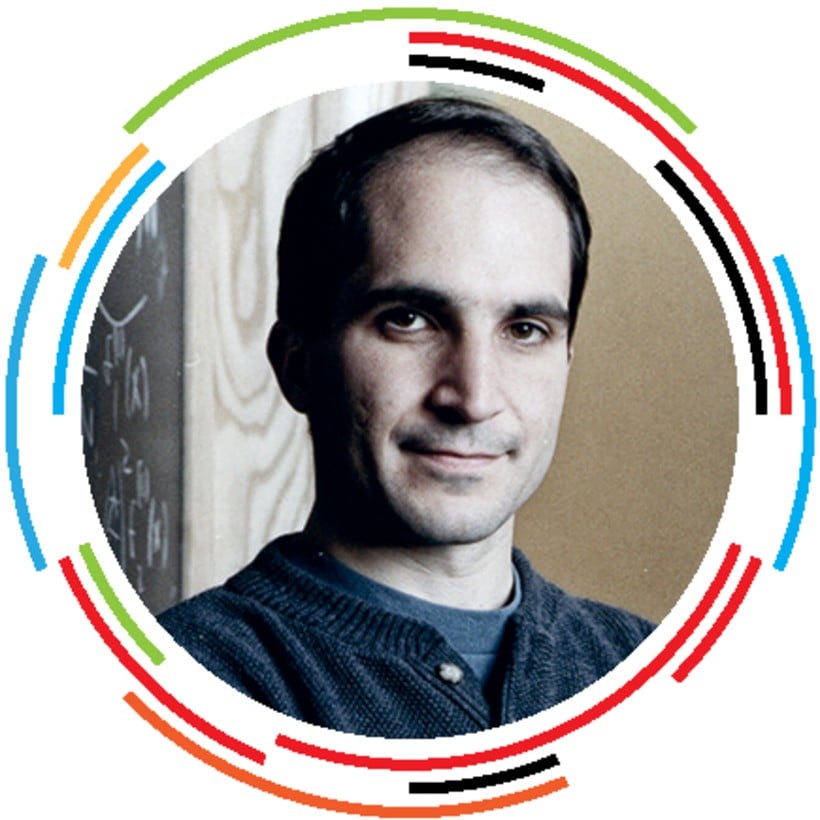 Juan Martín Maldacena
Juan Martín Maldacena
—■—
Winner of the 2012 Fundamental Physics Prize
Argentina/U.S.A.
At the Strings ‘98 conference, string theory specialists greeted Maldacena with the popular song Macarena, singing ‘Maldacena’ instead – such was their appreciation for the Argentine’s inventions and contributions in the field.
In 1997, the 45-year-old Maldacena had proposed a relationship between string theory and quantum field theories, sometimes known as ‘Maldacena’s duality.’
Russia physicist Alexander Gorsky proposed a simple analogy to better explain Maldacena’s duality: “We know about Rutherford’s experiments that enabled us to learn the structure of the atomic nucleus. … By watching and studying the dispersion of alpha particles we could see what the nucleus is made of.” Maldacena attempted to do the same, but using strings instead of alpha particles. “The results of this dispersion can help us to learn what our four-dimensional space is made of or, more precisely, how the theory of quantum chromodynamics works,” Gorsky explained when awarding Maldacena the prestigious Pomeranchuk Prize.
Today, in the world of theoretical physics, Maldacena’s work is one of the most frequently quoted.
According to the scientist himself, string theory has now developed enough to be able to resolve certain space puzzles. Chief among them is black holes.
“Black holes have an interesting history and they have been a source of many theoretical surprises which have led to a better understanding of the nature of space-time,” he muses in an article published on elementy.ru.
Last year, Maldacena was awarded the Fundamental Physics Prize.
The smart list*












